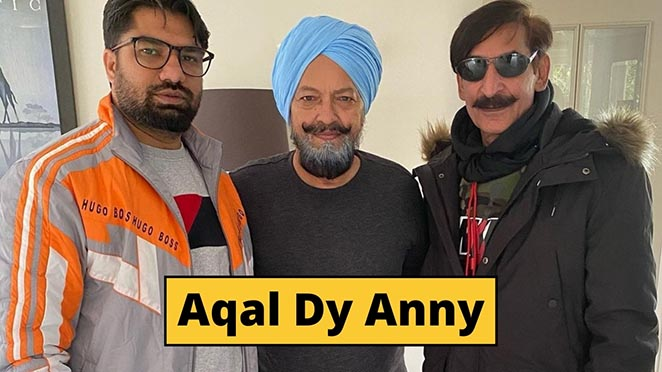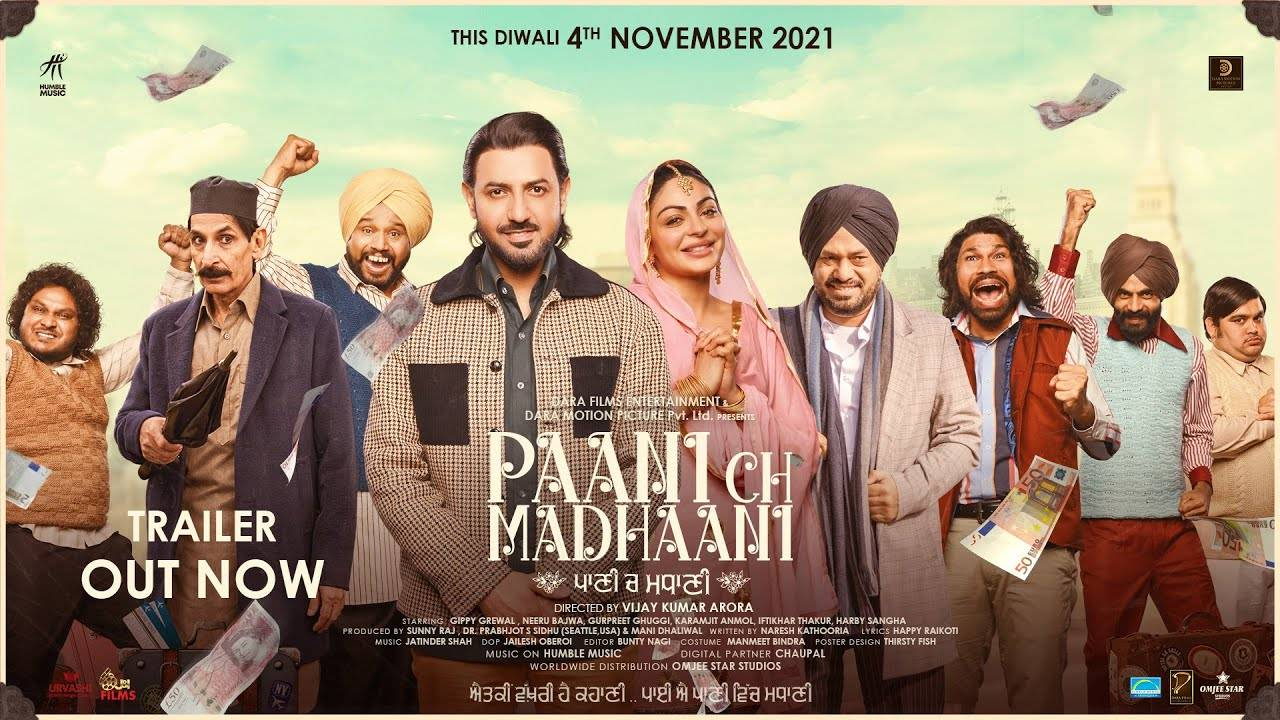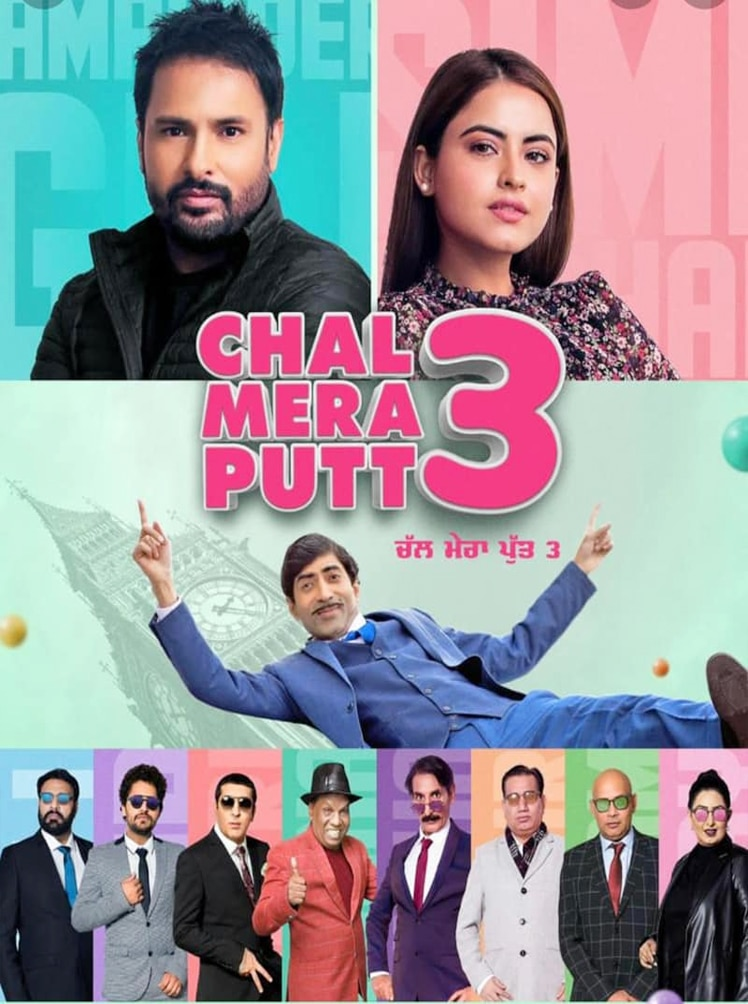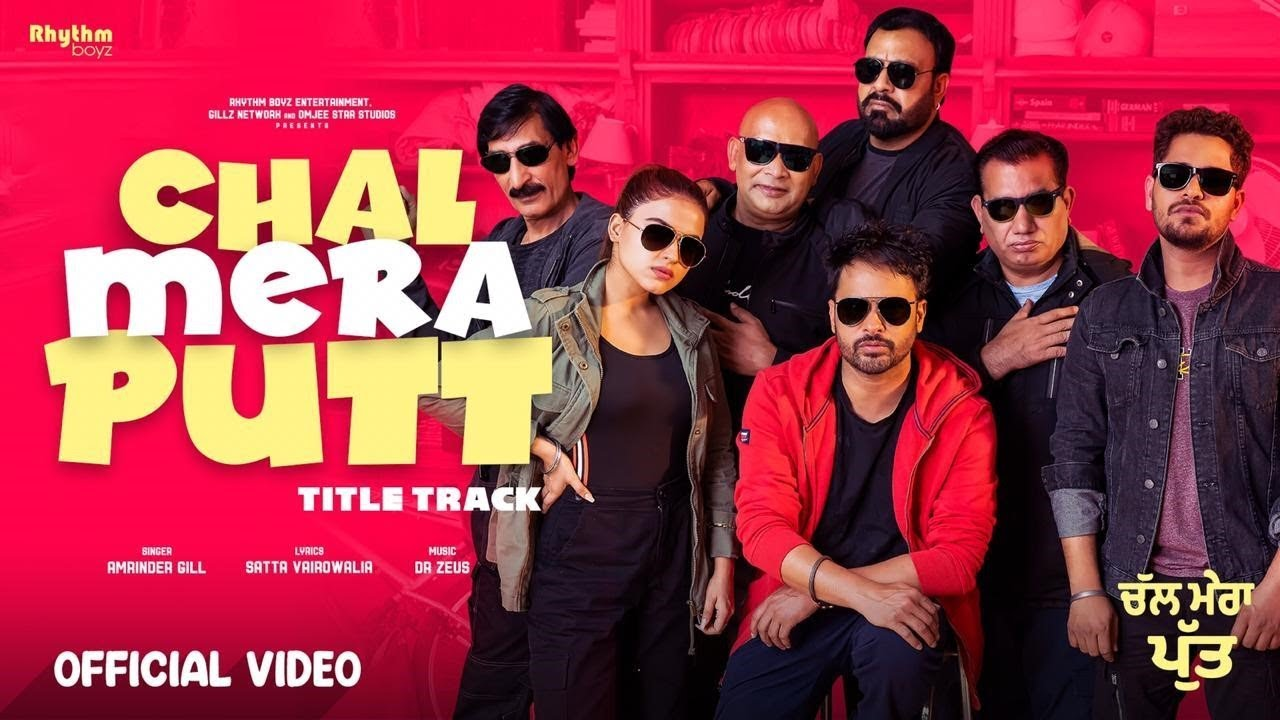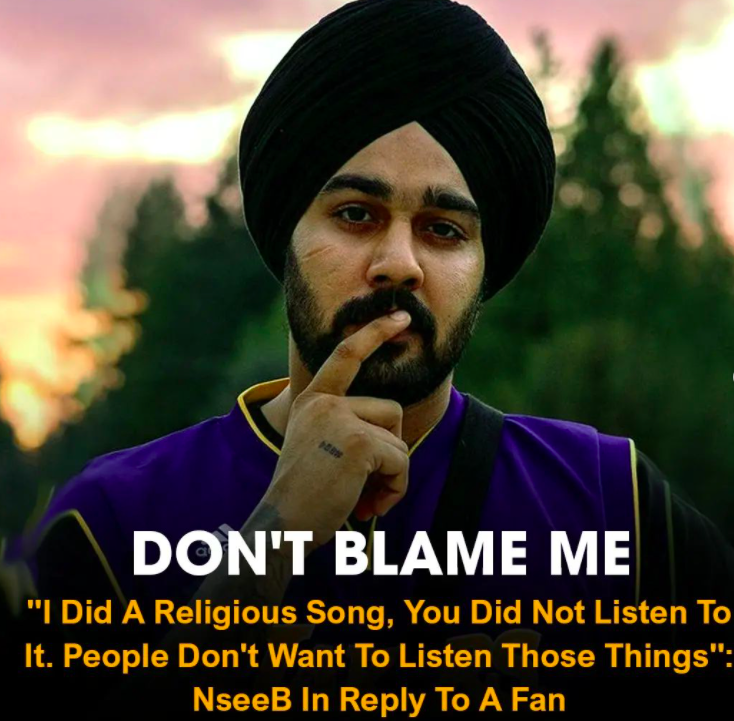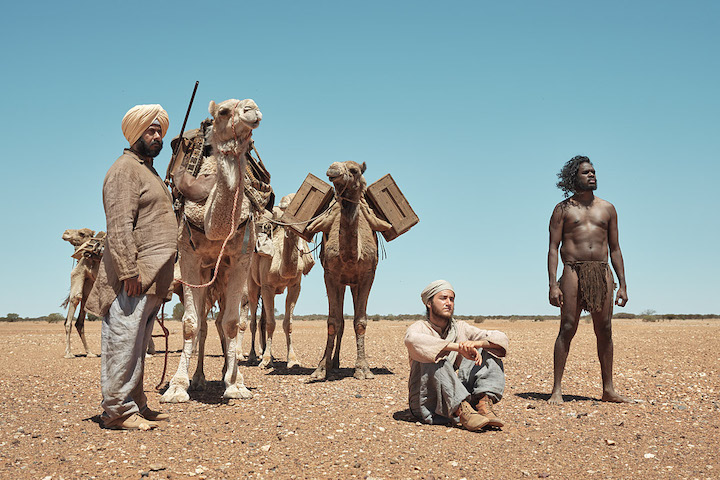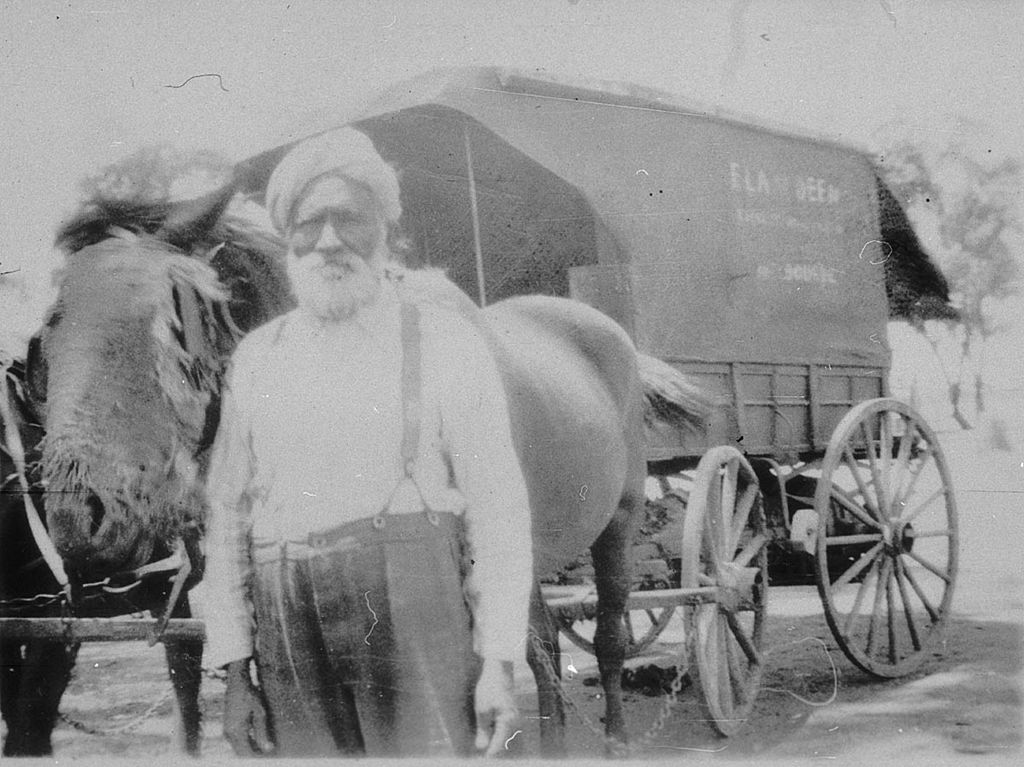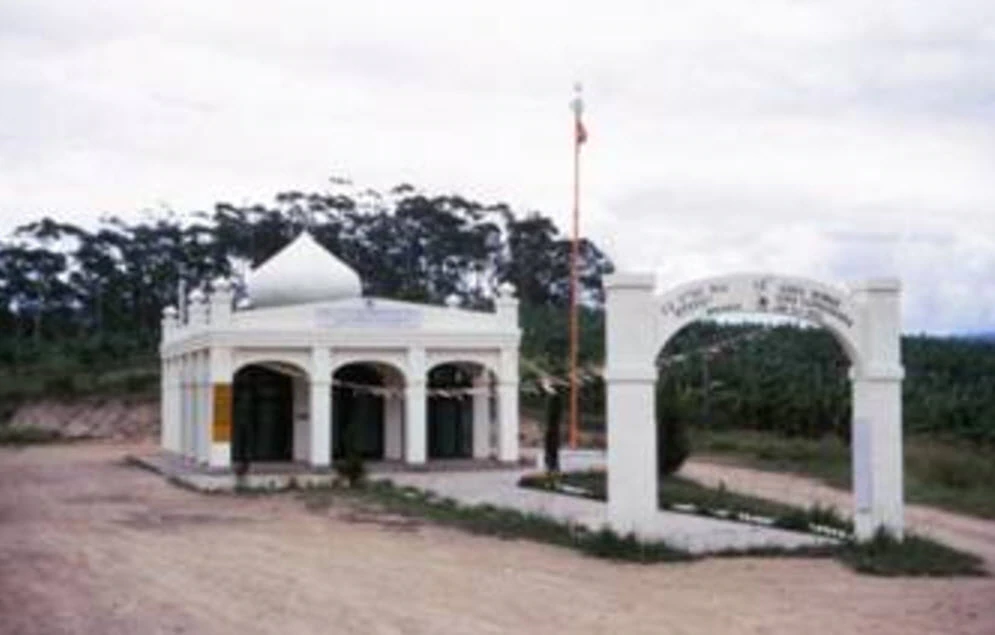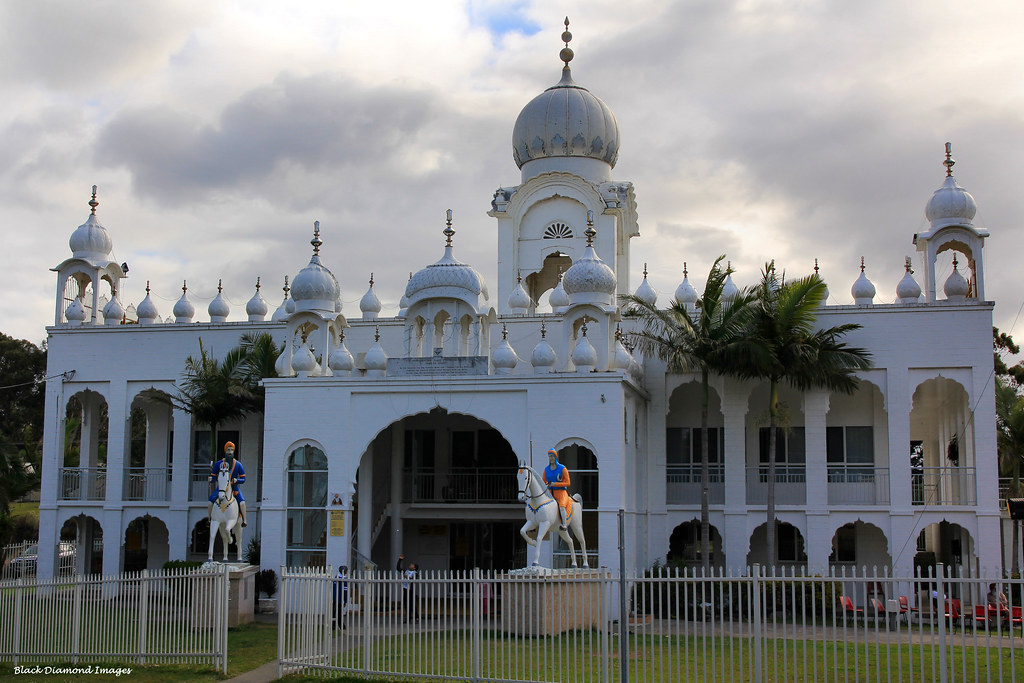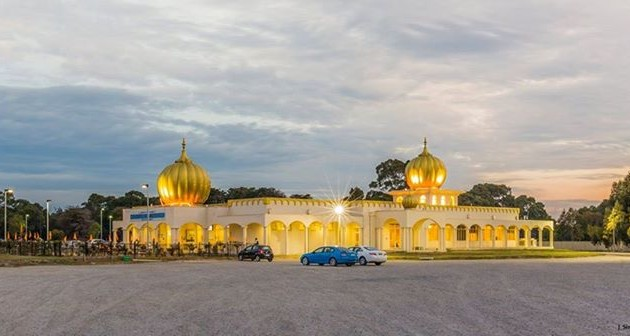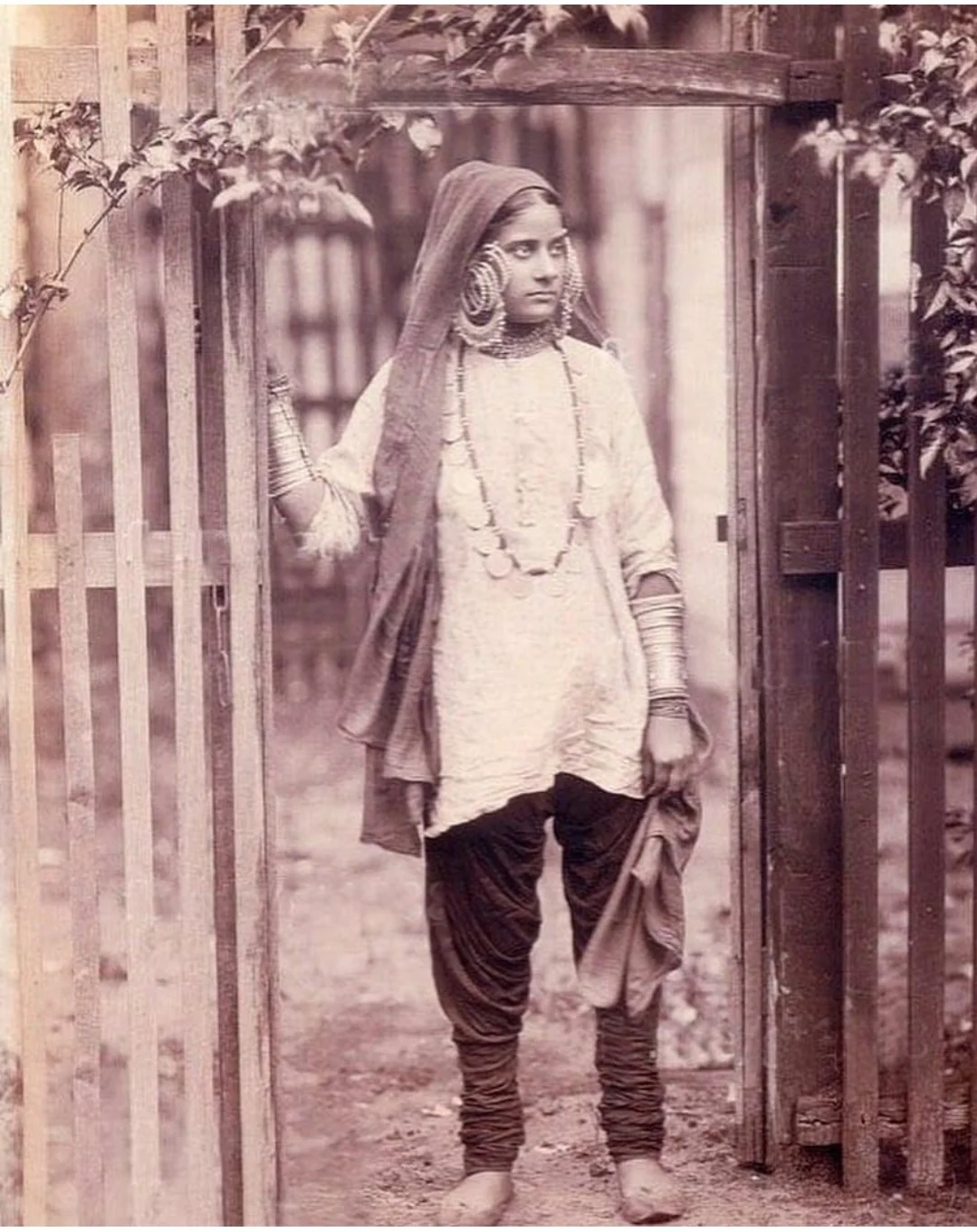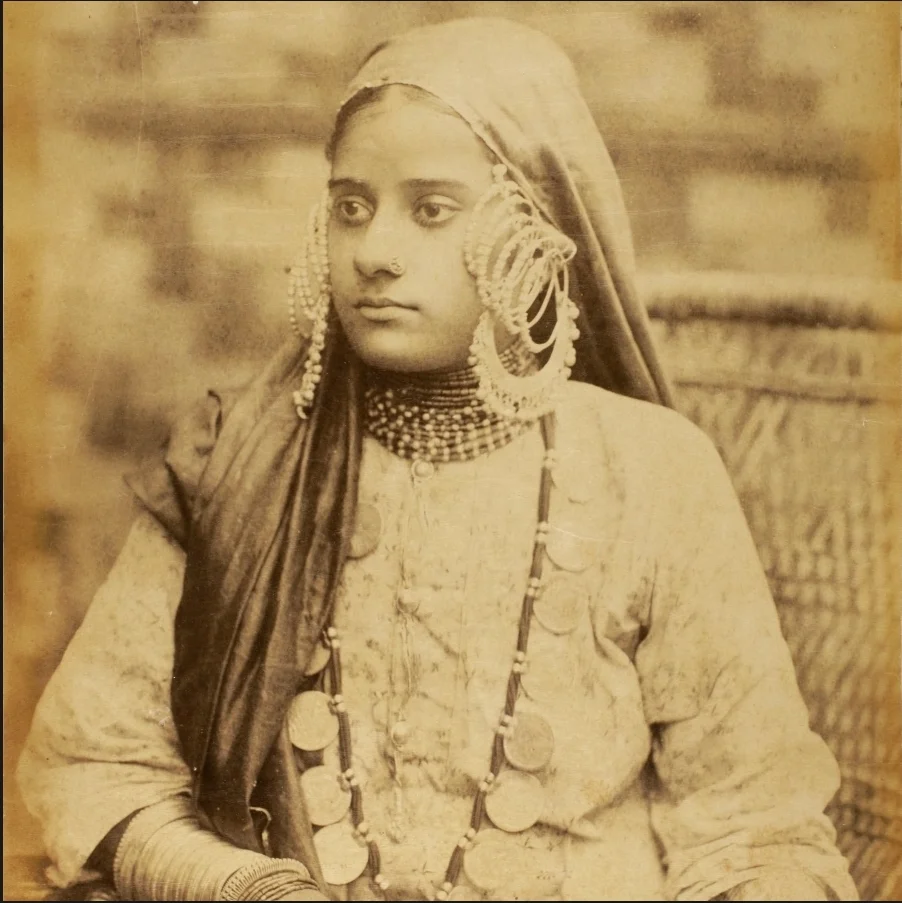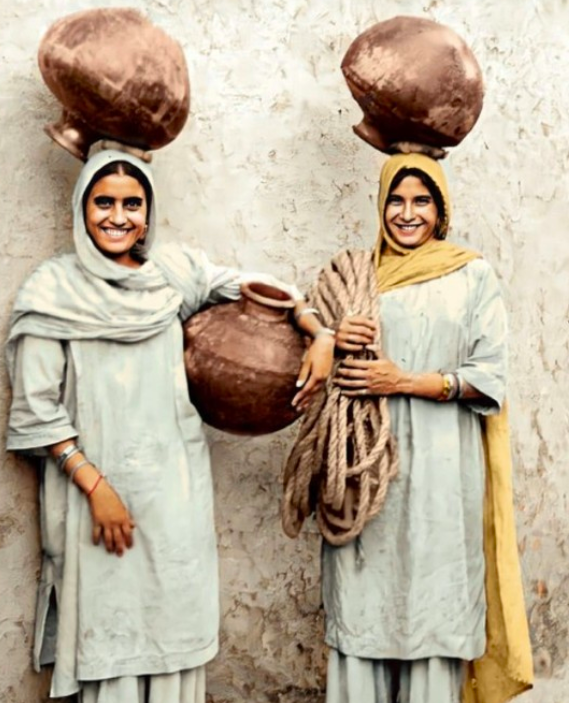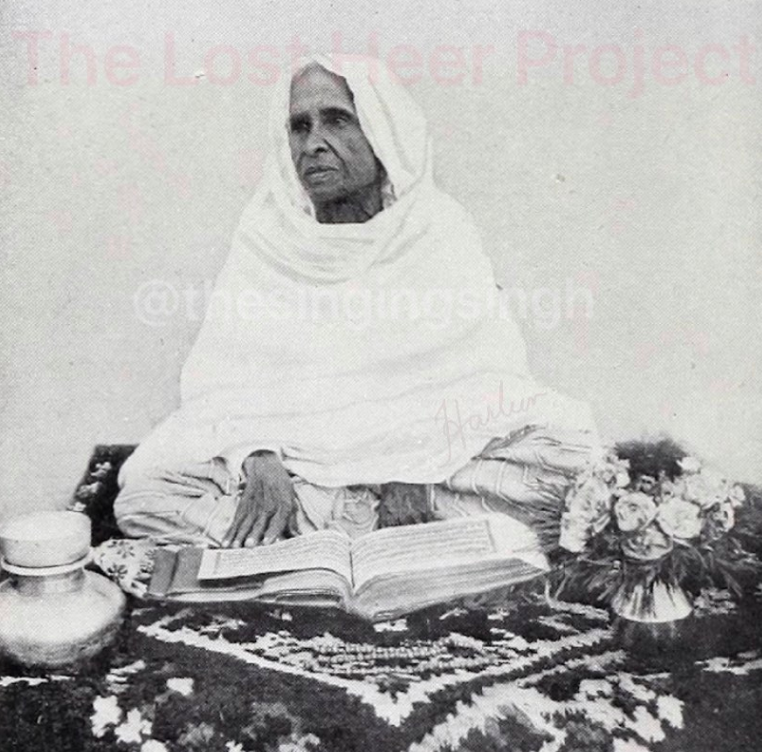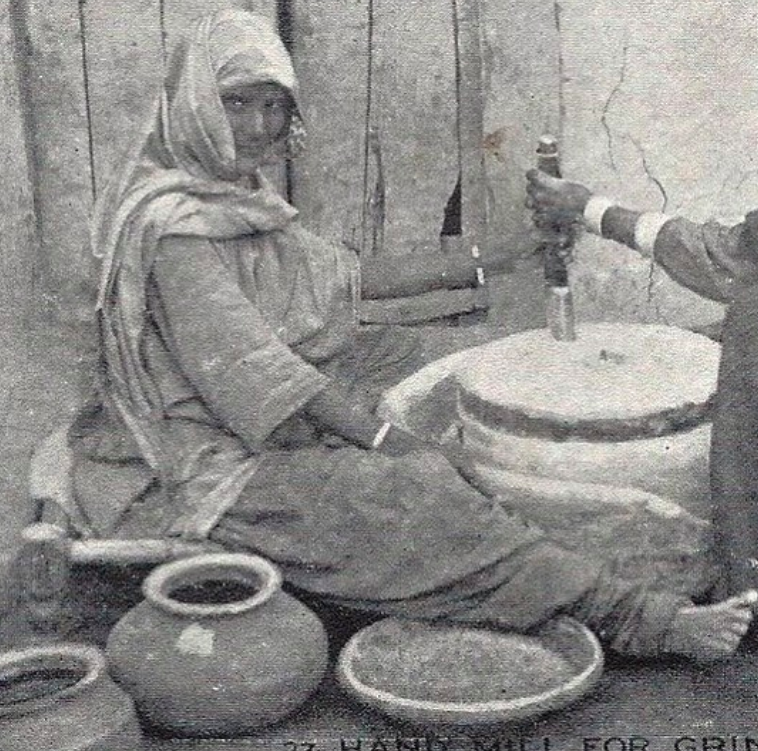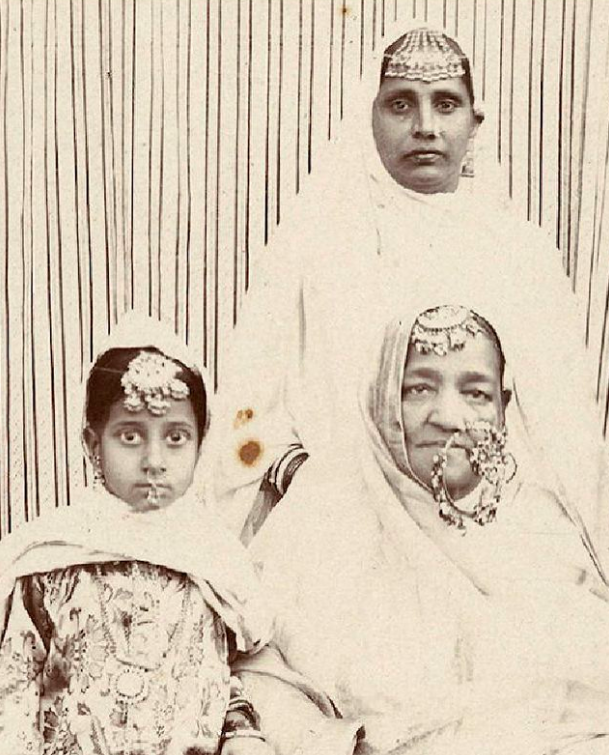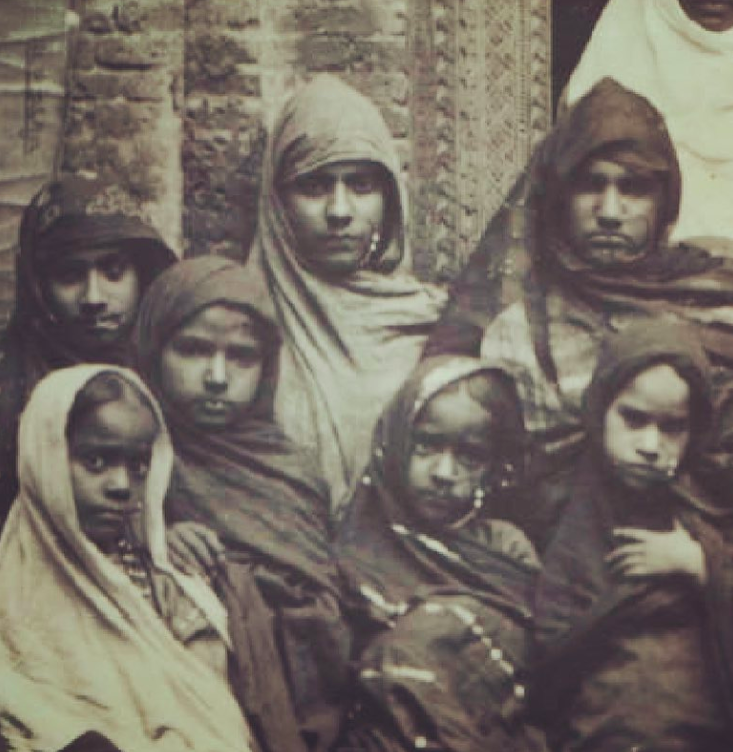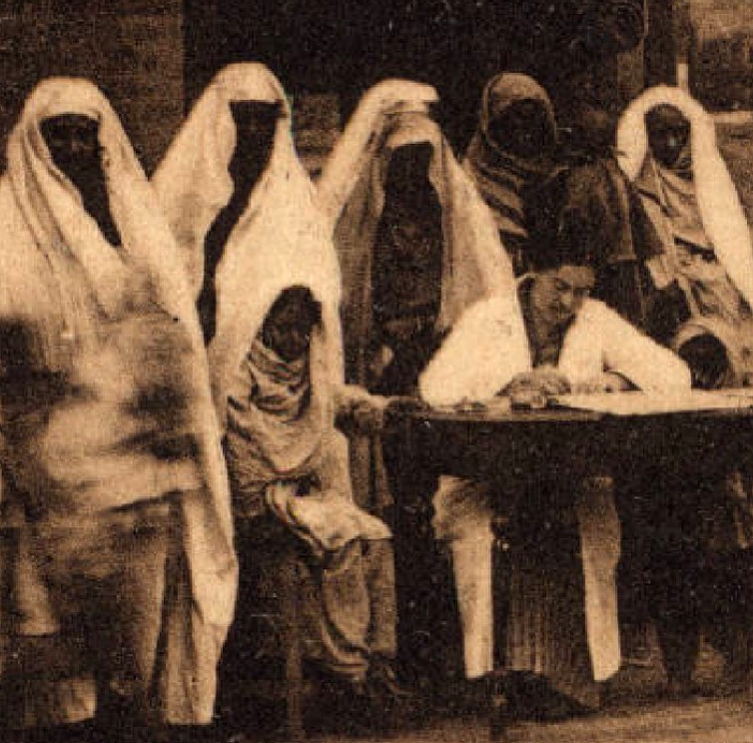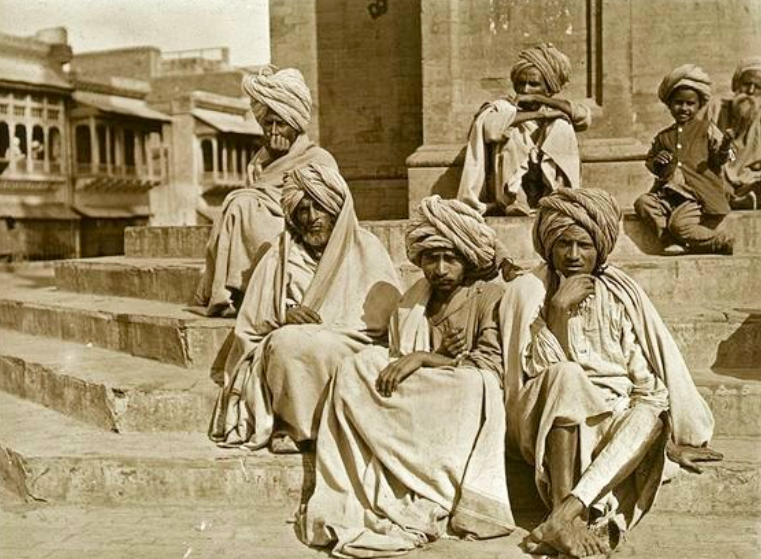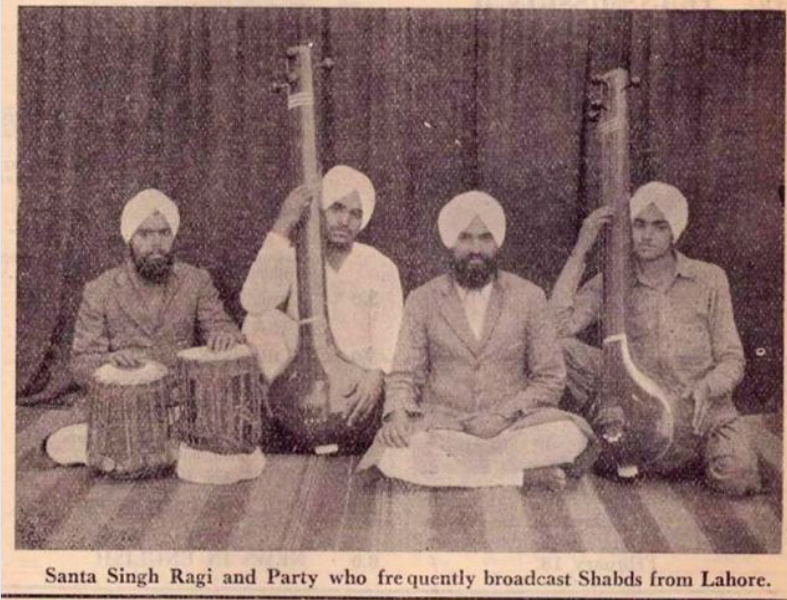
5aaban
Members-
Posts
466 -
Joined
-
Days Won
4
Content Type
Profiles
Calendar
Forums
Everything posted by 5aaban
-
Thoughts on Chis Gayle's new Punjabi themed song
5aaban replied to Punjabiwolves's topic in POLITICS | LIFESTYLE
I don't think it will do anything. The same artists are featuring in many more Panjabi films. It's become a trend to see at least one Pakistani in Panjabi in movies these days. Panjabi actors need to see the above 3 old films to learn their views on Sikhs before getting too comfortable. 7/11 main actors in this one are Pakistanis- 59 replies
-
2
-
- punjab
- punjabidaddy
-
(and 3 more)
Tagged with:
-
Thoughts on Chis Gayle's new Punjabi themed song
5aaban replied to Punjabiwolves's topic in POLITICS | LIFESTYLE
Panjabi industry now brings in Pakistani Panjabi artists in films. The exact ones who made of fun of Sikhs in their stage dramas. Some years later- 59 replies
-
3
-
- punjab
- punjabidaddy
-
(and 3 more)
Tagged with:
-
Thoughts on Chis Gayle's new Punjabi themed song
5aaban replied to Punjabiwolves's topic in POLITICS | LIFESTYLE
Pakistani Panjabis in Pakistan made many films when their industry was thriving which showed Sikhs, especially females as people who needed "saving" (always converted at the ending). They never show their heinous role in the partition but Sikhs were always the cruel ones or drunkards. In this film, the Muslim openly tells the Sikh character that he will make her read the 'Kalma' eventually.- 59 replies
-
3
-
- punjab
- punjabidaddy
-
(and 3 more)
Tagged with:
-
Thoughts on Chis Gayle's new Punjabi themed song
5aaban replied to Punjabiwolves's topic in POLITICS | LIFESTYLE
So Panjabis/Sikhs indirectly made them a profit which simultaneously ruined the community with bad music and propaganda films.- 59 replies
-
2
-
- punjab
- punjabidaddy
-
(and 3 more)
Tagged with:
-
Thoughts on Chis Gayle's new Punjabi themed song
5aaban replied to Punjabiwolves's topic in POLITICS | LIFESTYLE
Music labels have done a lot of harms to Sikhs. Isn't one of the most popular music label for Panjabi music (especially in the UK) owned by British-Pakistanis? Moviebox I believe. Almost every popular Panjabi (Sikh) singer had released a song on there and it was really big amongst Panjabis just a decade back. The same label also promotes movies showing Sikh-Muslim relationships with Sikhs in negative light.- 59 replies
-
2
-
- punjab
- punjabidaddy
-
(and 3 more)
Tagged with:
-
Thoughts on Chis Gayle's new Punjabi themed song
5aaban replied to Punjabiwolves's topic in POLITICS | LIFESTYLE
Agreed. The singers claim they do what sells so most are in it for the money. Recently a Panjabi singer made this statement- 59 replies
-
1
-
- punjab
- punjabidaddy
-
(and 3 more)
Tagged with:
-
Sikhi is one of the fastest growing religions with 125,000 (2016) adherents in Australia, having grown from 12,000 in 1996, 17,000 in 2001 and 26,500 in 2006. Punjabi is the 13th most common language in Australia. 81% of Punjabi speakers are Sikhs, 13.3% are Hindus and 1.4% are Muslims. (Circa 1908. Panjabi Sikh immigrants at Adelaide port, Australia) 1830s–1901 Sikh men have a longer history in Australia as the women arrived much later. The earliest Sikhs arrived in Australia from Panjab province in the late 1830s. There was a demand for manual labour due to slowing convict transportation. Since many Sikhs came from agrarian backgrounds, they worked on farms or as shepherds. In the 1860’s, cameleers (called the Ghans) were brought to Australia to explore & settle the vast arid lands. A minority of the Ghans were made up of Sikhs. They set up camel-breeding stations and rest house outposts (caravanserai) throughout inland Australia. (from a film on Ghans with an Aboriginal-Australian man) Entrepreneurial migrants Towards the end of the 19th century, Indian Hawkers (many were Sikh) were brought due to Australia’s widespread population. Young men first travelled on foot and later purchased horses and carts. Hawkers required licenses which mostly became restricted to British subjects in the 1890s thus denying Afghans, Assyrians and Chinese from renewing their license, giving Sikhs a monopoly on hawking. This was held till the 1930s until European migrants began to take over the trade. (Sikh hawker in Victoria) White Australia policy From federation in 1901 until the 1973 immigration of non-whites, including Sikhs, into Australia was restricted due to the enactment of the White Australia policy. It also made it impossible for Sikhs who already lived in the country from returning to Panjab as they would be barred re-entry. To counter the threat of Japan’s expansion and the need for soldiers, Indian Australians were given rights greater than that of other Asians. Through a series of steps between 1925 and 1929, Indians in Australia were allowed limited property rights, were given the right to vote and allowed a pension. Early pioneers in the 1930s began to bring their sons of working age to Australia. Due to shortage of white population due to war, Sikhs were allowed work in agricultural sectors. One of the well-known sectors was the Banana industry in Woolgoolga, later forming a Sikh community which continues to exist today. 1950s and 60s Sikhs started working hard to purchase their own banana farms. With steady income, they brought their wives. In 1961, there were 6 Sikh women in Woolgoolga, creating Sikh households and Sikh children born in Australia. In 1968 the First Australian Gurdwara was established in Woolgoolga. (Australia's first Gurdwara in 1968) Post White Australia policy - 1973- present Sikh migration increased dramatically after the Racial Discrimination Act. Many Sikhs also came from Malaysia, Singapore, Fiji, Kenya, Uganda and the UK to settle in Australia. New immigrants are mainly based around major cities . Melbourne is now home to the largest Sikh population. Since 2000, there has been a great increase in the number of Sikh students settling in Australia. 39% Sikhs live in Greater Melbourne, 21% in Greater Sydney and 10% in Greater Brisbane. Some Gurdwaras
-
-
They have been warned.
-
Thoughts on Chis Gayle's new Punjabi themed song
5aaban replied to Punjabiwolves's topic in POLITICS | LIFESTYLE
They have printed worksheets and use videos, songs and Sikh movies to teach as well. For older/advanced people, they have big Panjabi novels and a few iPads. The online classes use Google Classroom where students submit work and they connect on a meeting program.- 59 replies
-
2
-
- punjab
- punjabidaddy
-
(and 3 more)
Tagged with:
-
Thoughts on Chis Gayle's new Punjabi themed song
5aaban replied to Punjabiwolves's topic in POLITICS | LIFESTYLE
Yeah many kids attend. It's divided into 'levels' as well as ages depending on your capability. Online classes are a thing too.- 59 replies
-
1
-
- punjab
- punjabidaddy
-
(and 3 more)
Tagged with:
-
Thoughts on Chis Gayle's new Punjabi themed song
5aaban replied to Punjabiwolves's topic in POLITICS | LIFESTYLE
There's a good Gurmukhi teaching system where I'm from.- 59 replies
-
2
-
- punjab
- punjabidaddy
-
(and 3 more)
Tagged with:
-
Thoughts on Chis Gayle's new Punjabi themed song
5aaban replied to Punjabiwolves's topic in POLITICS | LIFESTYLE
A lot of our people are a lost cause and greedy. They find traditional practices backwards and everything western is automatically superior and better. I've seen a few people who don't talk to their kids in Panjabi or teach them Gurmukhi (although they're fluent speakers themselves). These are usually the same ones who hand iPads to toddlers to pacify them.- 59 replies
-
2
-
- punjab
- punjabidaddy
-
(and 3 more)
Tagged with:
-
Thoughts on Chis Gayle's new Punjabi themed song
5aaban replied to Punjabiwolves's topic in POLITICS | LIFESTYLE
I agree but children can be pacified in other ways.- 59 replies
-
4
-
- punjab
- punjabidaddy
-
(and 3 more)
Tagged with:
-
Thoughts on Chis Gayle's new Punjabi themed song
5aaban replied to Punjabiwolves's topic in POLITICS | LIFESTYLE
People who try to address the issue always receive massive backlash from our community. Simiran Kaur Dhadli's song promoting modesty and Sikh values was great but she was shunned by other Sikhs/Panjabis. No one in the future will dare to make similar songs if they know the response can ruin their career.- 59 replies
-
3
-
- punjab
- punjabidaddy
-
(and 3 more)
Tagged with:
-
Thoughts on Chis Gayle's new Punjabi themed song
5aaban replied to Punjabiwolves's topic in POLITICS | LIFESTYLE
The influence of these songs can be limited on younger generations by not normalising it in the house (e.g. not playing it in the car). I've noticed young kids are given access to phones bigger than their hands and parents give iPads to toddlers to make them stop crying (they often play songs on these and hand it to them). This has been normalised in the west and starting to show up in Panjab too.- 59 replies
-
5
-
- punjab
- punjabidaddy
-
(and 3 more)
Tagged with:
-
Many males in Panjab take inspiration, they get the same haircuts and dress like clowns. It's ridiculous!
-
Thoughts on Chis Gayle's new Punjabi themed song
5aaban replied to Punjabiwolves's topic in POLITICS | LIFESTYLE
We should have some sort of movement where we boycott this music and support clean lyrics/videos as a community. Don't think it will catch on since many of our people consume this music and singers use fake views to get into trending pages. These Panjabi singers indirectly pay females to dance/make reels on their songs so they get popular.- 59 replies
-
3
-
- punjab
- punjabidaddy
-
(and 3 more)
Tagged with:
-
Honour and good morals are fast disappearing.
-
.
-
-
Thoughts on Chis Gayle's new Punjabi themed song
5aaban replied to Punjabiwolves's topic in POLITICS | LIFESTYLE
I'm not comfortable with the mixing of western elements with Panjabi music (e.g. hip-hop dancers in the background). The song title is just weird. I guess the real essence of Panjabi music is long gone, now it's just cars, exotic locations, skimpy clothing, hip-hop dancers, Gucci and the most obvious, fake views. Panjabi singers these days also have an obsession of collaborating with black artists/western rappers and normalise things like smoking in videos.- 59 replies
-
2
-
- punjab
- punjabidaddy
-
(and 3 more)
Tagged with:
-
I believe no party is will benefit Panjab and Sikhs but some are less worse than others. Panjab's regions play an important role in politics. Malwa is the "Zamindari belt" and the largest political region of Panjab (69/117 seats, most CM's are from here), Majha is the "Panthic belt" with 25 seats and Doaba is the "Dalit & NRI belt" with the lowest of 23 seats. AAP is much stronger in Malwa compared to Majha and Doaba area, CM face Bhagwant Mann is also from Malwa and he's a liked person there. AAP will probably win from western Malwa as Akali Dal's historical presence in this area declined. Doaba has a large Dalit and Hindu votebank, more likely to go towards Congress. I don't think one party will form a complete majority. https://theprint.in/politics/malwa-majha-doaba-divided-by-rivers-each-punjab-region-has-distinct-political-identity/814388/
-
The general public isn't that aware. However, a few of my teachers knew about Guru Nanak and a history teacher was also aware of Maharaja Ranjit Singh's empire (both middle-aged white). They're more likely to know about Hindus and automatically associate it with "India". Religious views are normally kept private here and "no religion" is gaining popularity amongst Australians.
-
Sikh girl names starting with "R" Resham, Roop, Rani, Rattan, Raj, Raman

